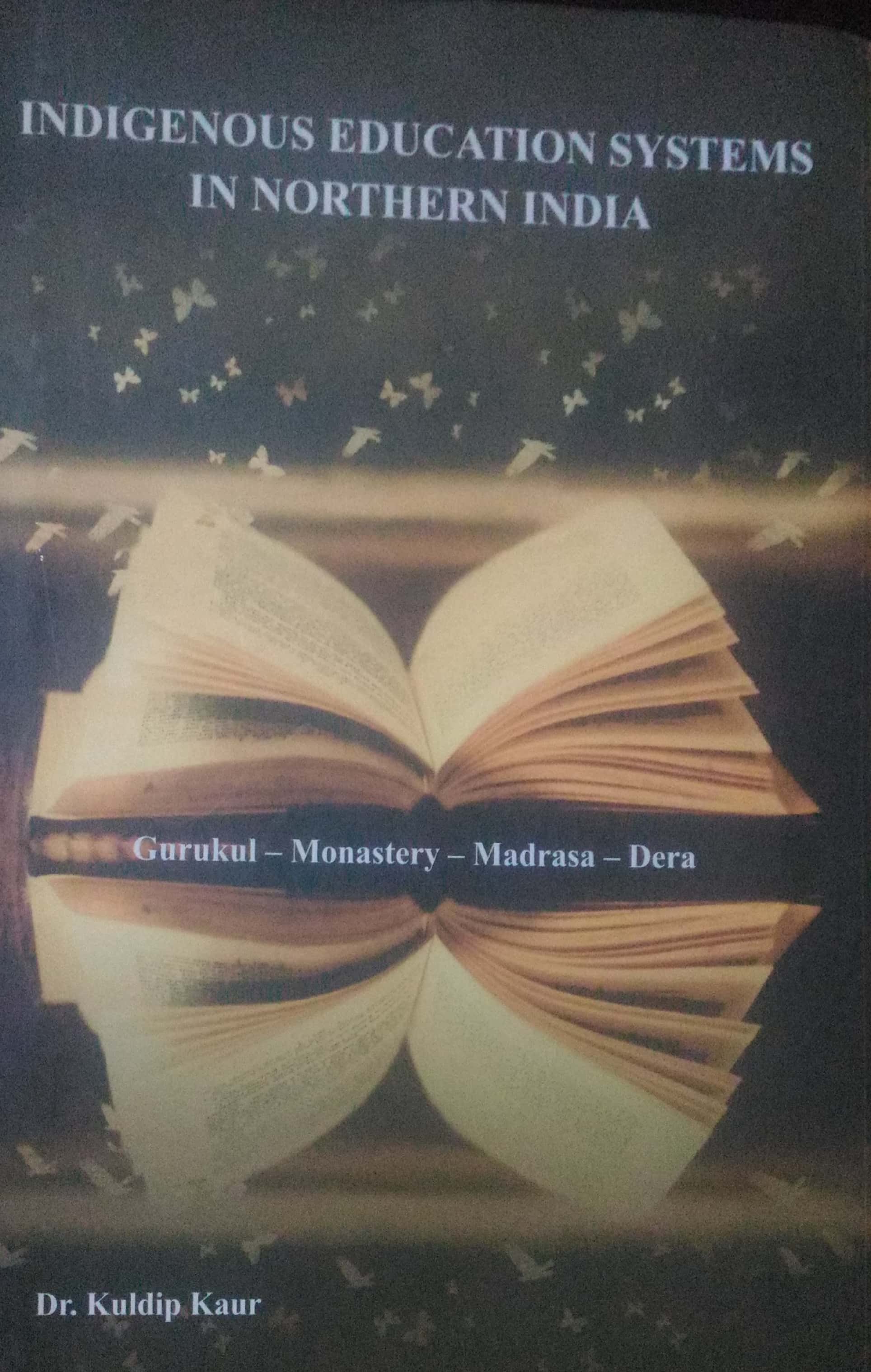The book gives a detailed account of four religion based educational systems, wherein the origin and development of the Gurukul, Monastery, Madrasa and Dera systems are traced. The text is based on extensive data collected by the author, covering the six States of Haryana, Himachal Pradesh, Jammu and Kashmir, Punjab, Uttarakhand and Uttar Pradesh. 49 institutions in total, with at least 11 institutions representing each education system comprise the sample. Many primary and secondary literary sources have also been consulted. To build understanding about each educational system based on the lived experiences and realities of institutional life, data drawn from 100 teachers and 200 students across the four educational systems has also been used (p. x). The book traces the Gurukul and Monastery systems since ancient times, Madrasa and Dera systems since medieval times, the impact of colonial rule on all the four systems and their status in contemporary times.A chapter-wise description of the various features of each of the education systems, such as the different learning centers and their role, their organizational and financial status, the educational pattern that they follow, the subjects offered, the pedagogic stance, the status of teachers and their relationship with students, and the placement opportunities that students get in these institutions, provides a rich understanding about them. Almost 15 chapters are devoted to these aspects, drawing heavily upon the data that was gathered.
The author raises many issues related to the reason for establishment of these education systems. The common reason cited across the different regions is to impart religious and traditional education and to provide employment opportunities to students (p. 65). The institutions are autonomous in nature and patronized by religious bodies and charitable resources. In terms of management, most of the Gurukuls, Madrasas and Monasteries are privately managed; a few Gurukuls and Deras are managed by the public sector (p. 69). Only one Gurukul and one Madrasa each are managed by the government.

